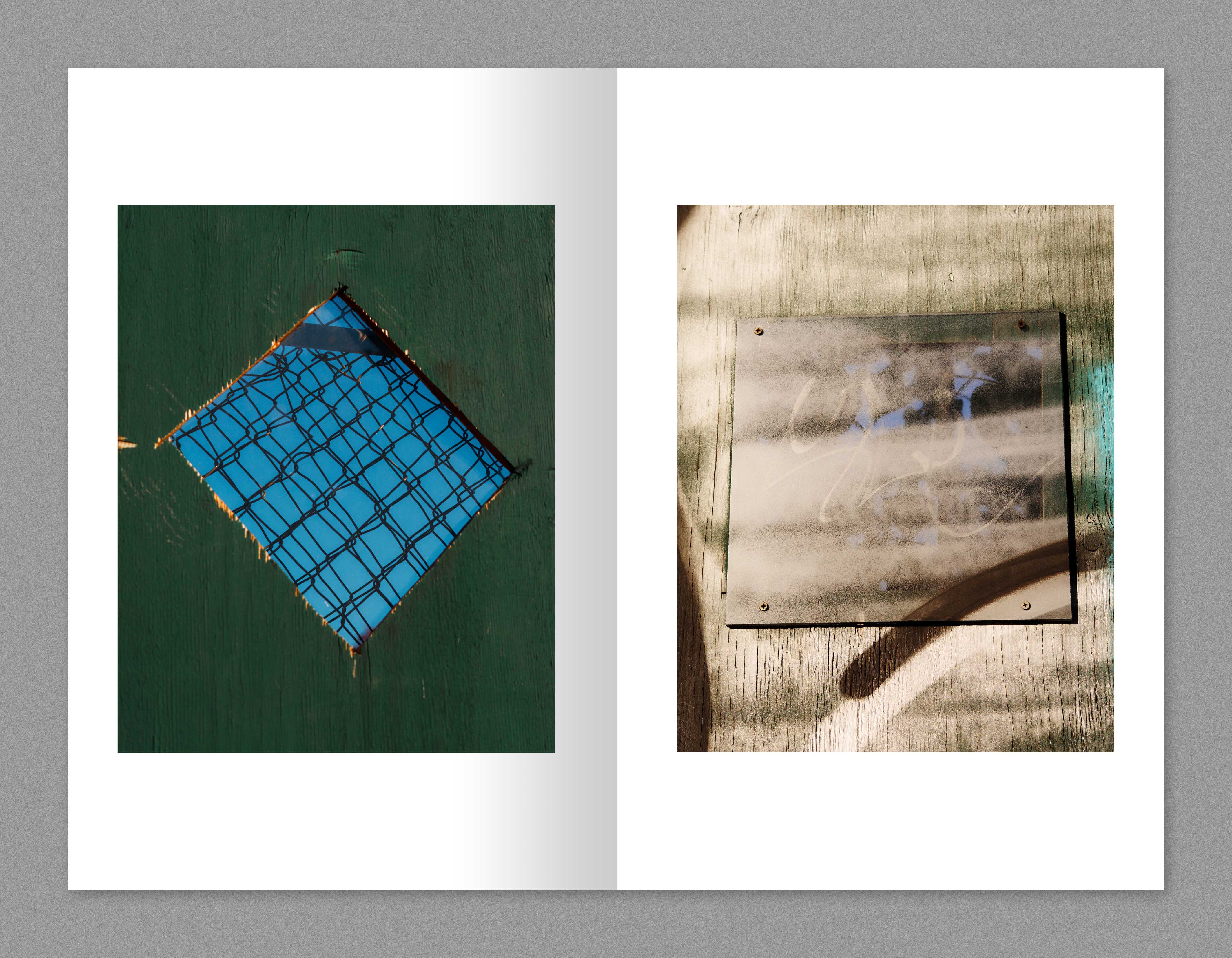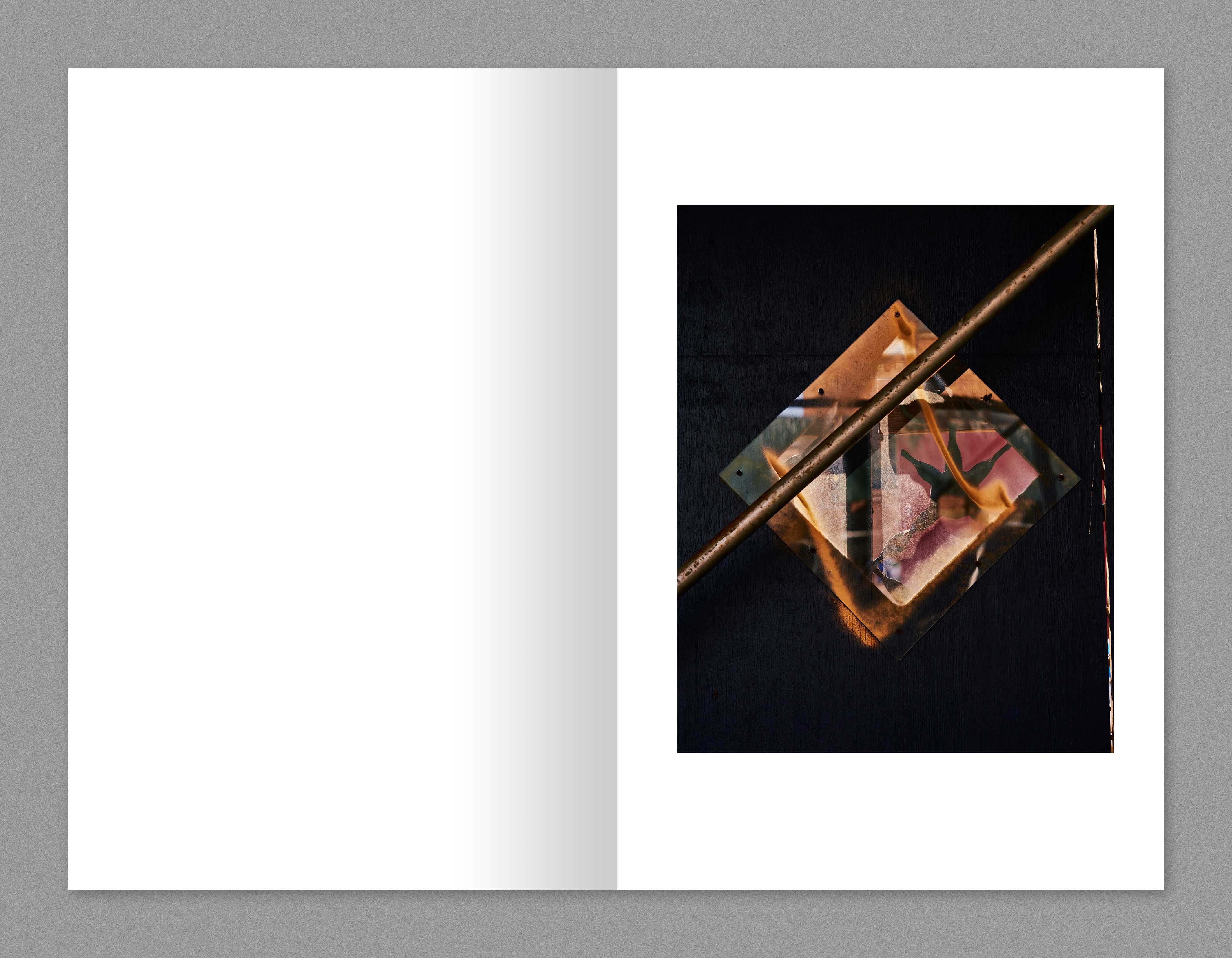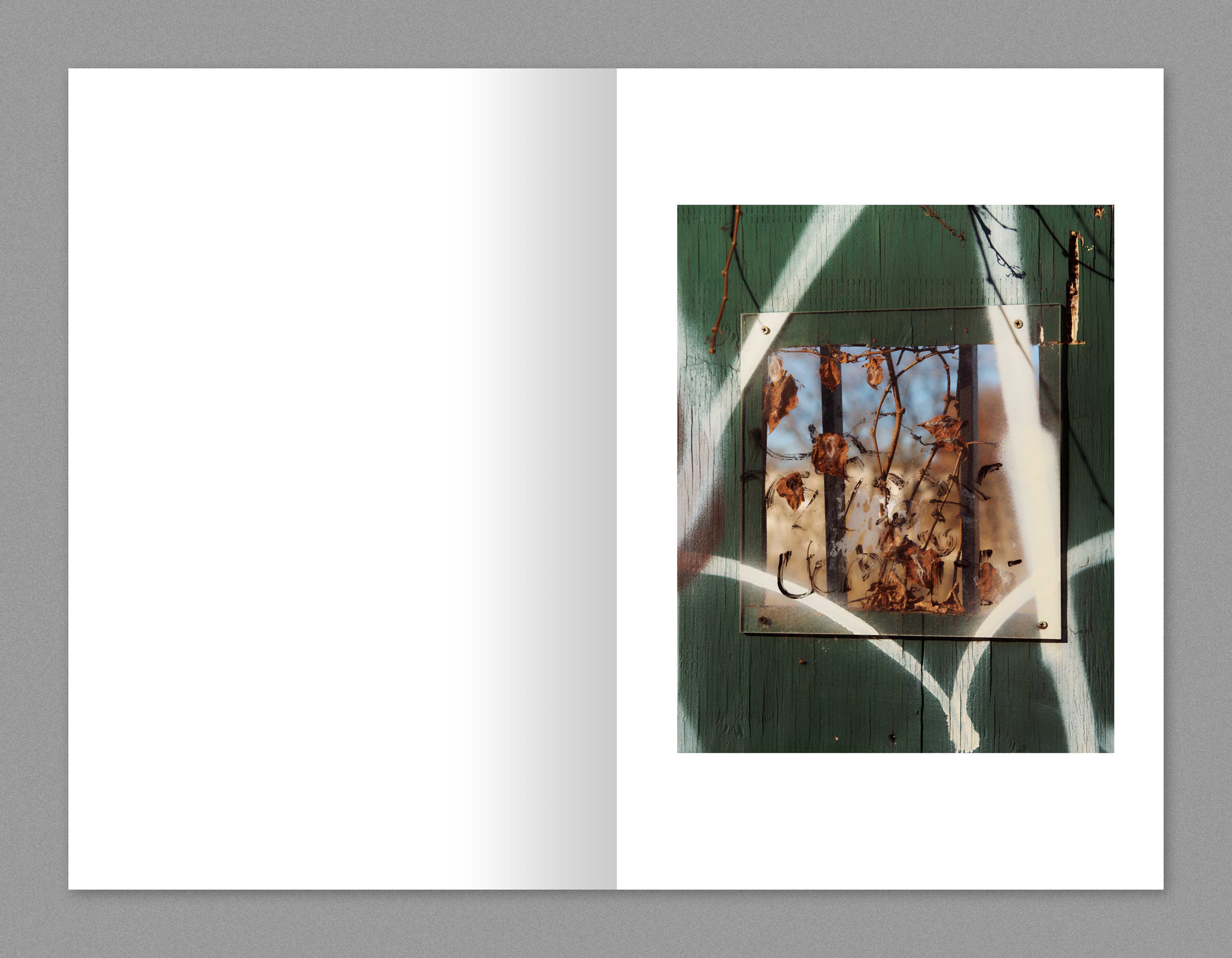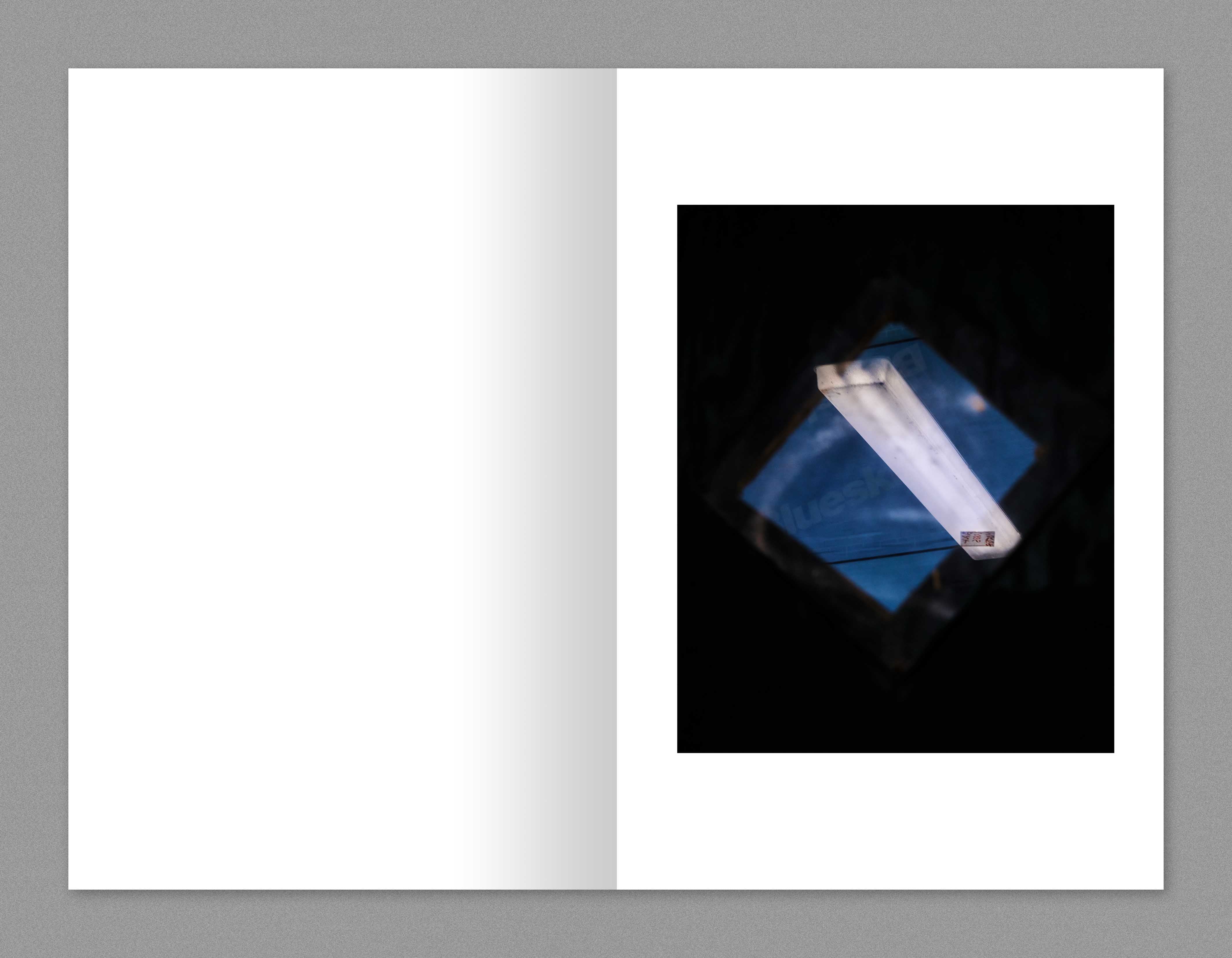




TIS03: The Views
Yael Malka
also comes as part of a 12 book box set, TIS03
In 2013, NYC instituted a law that requires “viewing panels” at every construction site, allowing passersby in the neighborhood visual access to the changes occurring beyond the wooden walls placed around the site. The intention behind these viewing panels began as a way of providing transparency to the public though in actuality the construction of these new buildings is centered on an opaque process that feels especially surreptitious in the context of gentrification. These “windows” give the illusion of access although they are displayed in a way that reminds us they are only there for the interim.
The luxury developments consuming many of the neighborhoods in New York (and many other American cities as well as many abroad) begin with a visual language of violence. Photographed at various stages of demolition and construction, the viewing panels become portals; the boundary between public and private through the obstruction of the wooden walls. They become voids; the erasure and envelopment of space. These windows give different messaging to those who are being priced out of their neighborhoods and the incoming gentrifiers. They subtly placate the population facing gentrification and by contrast, provide reassurance to the gentrifiers by displaying that "progress" is being made.
Coded language such as beautification, revitalization and renewal are used to veil the gradual displacement of people who make up these neighborhoods in which immense developments are being built. Homogeneity takes over and cities across the States (apart from their recognizable skylines) become visibly interchangeable. There’s this “utopia” that many city planners and developers strive for, although in doing that, they are wholly disregarding people and social relations. These photos are markers of a time and place, taking a final look at the space between destruction and regeneration, between neglect and luxury.
Choose options






